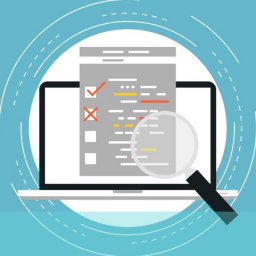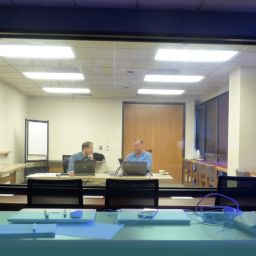
The ultimate goal of software, systems – and by extension, websites – is to be useful and usable. Sophisticated and elegant software and system solutions are not much good if users can’t fathom them or they require too much technical knowledge or simply too many interactions to produce results.
Websites that don’t incorporate this sort of instinctive usability will soon find themselves abandoned by all except the most motivated visitors. Can you afford to lose significant numbers of visitors to your site because it was too difficult to understand or navigate? Even the most successful websites will answer ‘no’ to this question – and that is part of the reason they are successful.
What is task-based usability research?
Task-based research revolves around defining discrete tasks that a user might perform on your website, observing the steps they would go through to achieve this and also identifying generic interactions such as moving around the site, using functions and instructions etc. The user’s interaction is then analysed to see how difficult they found the task, how instinctive their interaction with the site was, whether the task could be simplified or condensed to make it easier or quicker, whether better or more information or functionality could be provided to aid the user.
What generic elements might be observed and tested for usability?
It is useful to know how web users interact generally with the web so you can provide the most efficient and recognisable routes in your own design. Some of the generic tasks you might consider are:
- How people use information: what they did with options offered such as save, print etc;
- How people locate elements on the page: how they identify what they want to view and access it;
- How users go to pages: how they use the browser to access a particular page – URL, hyperlinks etc
- How users provide personal information to a site: whether they use auto-fill, fill in a manual form etc
Incorporating task based usability research into web design
Few websites are designed with task-based modelling as an integral part of the process. Many are design- or function-driven and usability is only considered after these issues, if at all. But using a task-based approach can provide considerable benefits in identifying usability issues early on that are at odds with the design and function elements and save you from expensive remodelling. It might even stop you making the critical error of implementing a site that obstructs and discourages users however corporate or aesthetically pleasing it might appear.
Defining the tasks – both generic and specific – that could be crucial to your web design is not always easy. This is why an iterative programme of task-based research can help in early phases of development. How to structure this type of research is probably best decided by experts who have a lot of experience in the field of generic testing and also understand specific usability and interaction issues and can integrate them with your corporate design and functional needs.
If you would like to talk to someone who can help in all of these respects please call us free on 08000 246 247 or contact us. We can help you achieve a site with improved website usability, that saves you money and attracts more business.

















